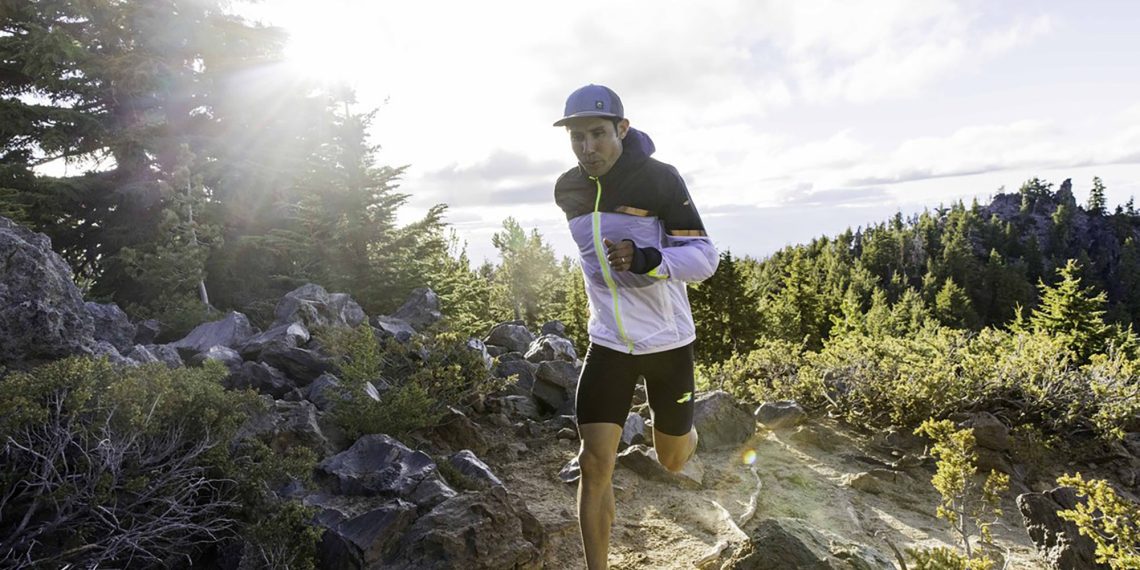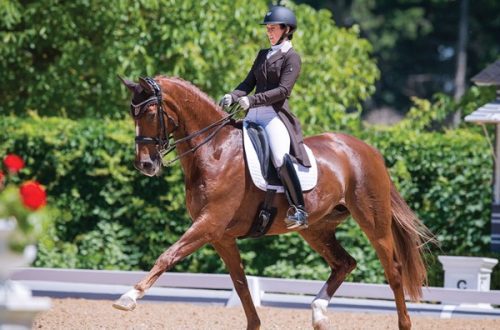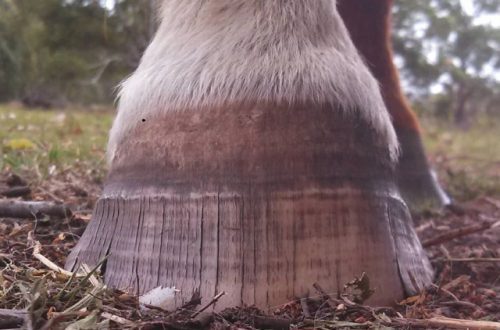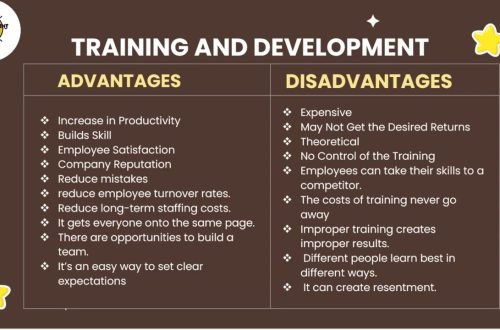
Finding the right pace
Finding the right pace
Every horse has an ideal pace, and the key to achieving a horse’s balance is finding it. But how to feel what pace is best? Especially with a horse? Take your whip and swing it like a pendulum, holding it by the clapper or tail. You will notice that there is a certain speed or pace at which the whip swings naturally and relatively easily. Any pendulum has its own swing speed, which depends on its length. A longer pendulum will swing more slowly than a shorter one. If you try to speed it up or slow it down, it will require some effort from you, because you will work against the laws of physics, which is unnatural.
Imagine that the horse’s legs are also pendulums. Every horse has its own natural pace. When she finds it, she can move with minimal effort. If a horse walks too slowly or too fast, it creates tension throughout his body, making it difficult to balance and move.
If your horse has a tendency to go too fast, riding small (10-15m), precise, level circles will help him find the best balance and pace.. It not only slows down horse, but also frees the rider from excessive dependence on the reins. It is important that the size of the circle is adequate to the horse’s fitness level.
Try to think that you are riding in a circle, bending the horse’s body, not his neck. Especially avoid bending the horse at the base of the neck! When you are only using the reins, pulling on the inside rein to keep the horse on the circle, you are simply bending his neck, throwing off balance even more.
The monotony of the circling relaxes the horse’s mind, having an almost hypnotic effect on him. With some horses it is useful to work in a circle with a series of mini-halts (for example, try to do a halt at every quarter point of the circle). It also prevents the rider from constantly holding the reins. When the horse gets into work, his pace will slow down. The circle can gradually widen as the horse learns to balance as it widens.
Some horses can regain and improve balance and pace in a few laps. Others may have to work longer hours. It is important to change direction every few laps and the horse will need to be given frequent breaks. Keep in mind that running at low volts for long periods of time can damage your horse’s joints, so don’t overdo it.
Resist the temptation to slow down the pace. If you really need to make adjustments, do some soft half halts. Adjust the pace of your stride and then release your horse and repeat your demands. Don’t recycle.
As your horse finds his pace, you will feel his muscles release.when she lowers her head and neck, the horse will begin to breathe deeper. You may be able to hear the horse take a deep breath through his nose. This will be the beginning of relaxation and acceptance of the occasion. Now you can Gently ask her to widen her step, increasing her energy. If the horse suddenly picks up the pace and runs away, start over and ask again. Because the horse will be using energy to move forward instead of picking up the pace, he will begin to stretch his head and neck into contact with the reins. When the horse reaches a level where his energy is free to move from the hind legs through the whole body to the snaffle, you will have soft elastic contact with his mouth and at the same time be able to encourage forward movement. Be careful not to create tension or resistance in the horse while seeking contact.
There are horses with whom it seems that you just need to put them at a pace close to the correct one, and they will already move beautifully. Other horses, having lost momentum for a split second, begin to move terribly. This is a sign that you may need to work on other basic elements. The rider may be tense or unbalanced. The horse may not be straight, it may lack energy, it may have pain.
You must have awareness and empathy – without them, it is impossible to build a partnership with a horse based on trust, and not on the basis of strength. Understanding, feeling and coordination are essential for success. Dressage is not intuitive. Riding efficiently requires a certain amount of skill. Nothing without this. But a deep understanding of the fundamentals and basic skills is not only available to top riders. When the basics and foundation are really right but just don’t work, the problem is usually the horse’s unhealthy physical condition – the horse feels pain. Unfortunately for horses, many people don’t recognize this.
Speaking of the role of pace in relaxing the horse, I want to refer to an article by Lynn Sprinski. I will quote it in full.
Understanding the Role of Tempo in Relaxing the Horse
Lynn Sprinski
The first rung on the Scale of Learning is, in the words of the old masters, “relaxation.” In my short article, I will explain why the correct pace is so important to achieve relaxation of the horse.
Do the following exercise:
- Stand with your feet shoulder-width apart.
- Bend at the waist and bend over so that your arms dangle in front of you, your back should be flat, not arched. Your torso should form a 90 degree angle with your legs. Let your head find a comfortable position.
- Start swinging your arms back and forth, one arm forward and the other back. The hand going up should go past your ear.
- Adjust the speed at which you do this so that you hardly have to put in any effort. You will find that this “tempo” is very relaxing and basically does not require any conscious work from you. The swing provides itself. You will also notice that your torso sways a little.
- Now increase your speed. Pay attention to the result: your back will tense up a little, and the lightness will disappear.
- Now slow down a bit. Your back will become a little tense and the lightness will also disappear.
A horse with a leg in each “corner” is easier to disguise its tension than us bipeds. But tension, nevertheless, does not disappear anywhere. Each horse has its own own pace, especially at a trot, where he can relax and achieve seemingly easy movement. A slight change in this tempo, faster or slower, even for a few moments, creates tension in the muscles and affects the horse’s ability to work harmoniously with the rider, which is the factor we look for in dressage.
Therefore, it is vital that every rider finds the right pace for every horse he works with. This is probably easiest to achieve on the lunge, where by slowly relaxing, most horses eventually find their pace on their own. If your horse is particularly tense or in a hurry, you can help him cope by reducing the circle, using your voice to calm it down (saying “Teeeeeeee” in a downward tone) and doing a gentle half halt. After working at a slow pace for a while, the horse will naturally lower his head and neck, just as a relaxed (or even sleepy) person does. The horse’s chin will come closer to the chest (due to differences in horse anatomy, this statement is not always true).
Accordinga fast rider will try to remember the optimal pace for his horse, perhaps even using a metronome to determine the number of beats per minute. For riders who are just learning to distinguish tempo, the use of a metronome is especially desirable. These devices emit a soft beep at a specific rhythm, allowing the rider to pre-set the desired pace and then relieve in time. at a trot, following sound signals. In this way, even slight deviations from the rhythm will be easily detected by the rider, and he will be able to help the horse return to the proper pace, easing into it. The horse, being an animal that naturally seeks harmony and balance, will strive to match the pace at which the rider moves.
Of course, learning to control the pace of the trot through ease alone takes a lot of practice. Some riders improve this skill by staying a little longer in the saddle or by imagining the seat as a soft cushion. which slowly returns to the saddle. You can help yourself slow down by saying to yourself, “Iniiiiiiiz-up, Viiiiiiiiiiz-up”.
Тonya Dawsend (sources 1 and 2); translation by Valeria Smirnova.





